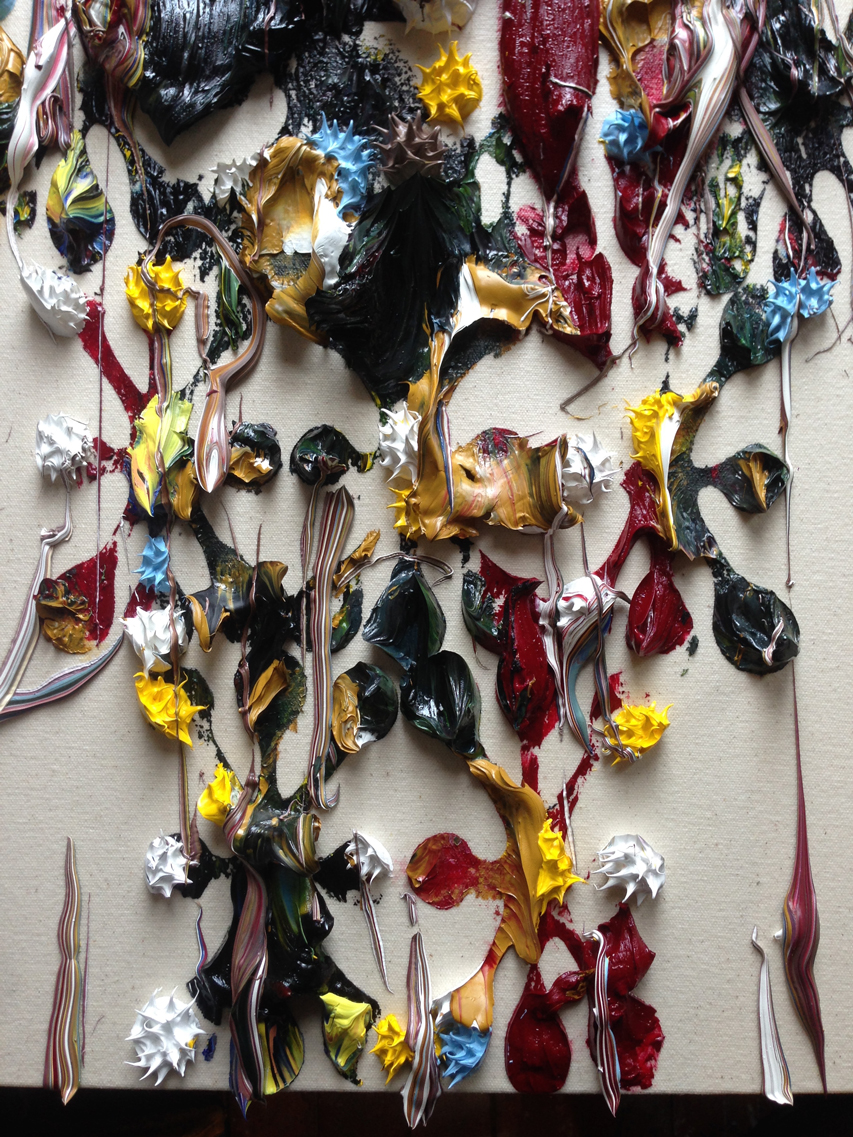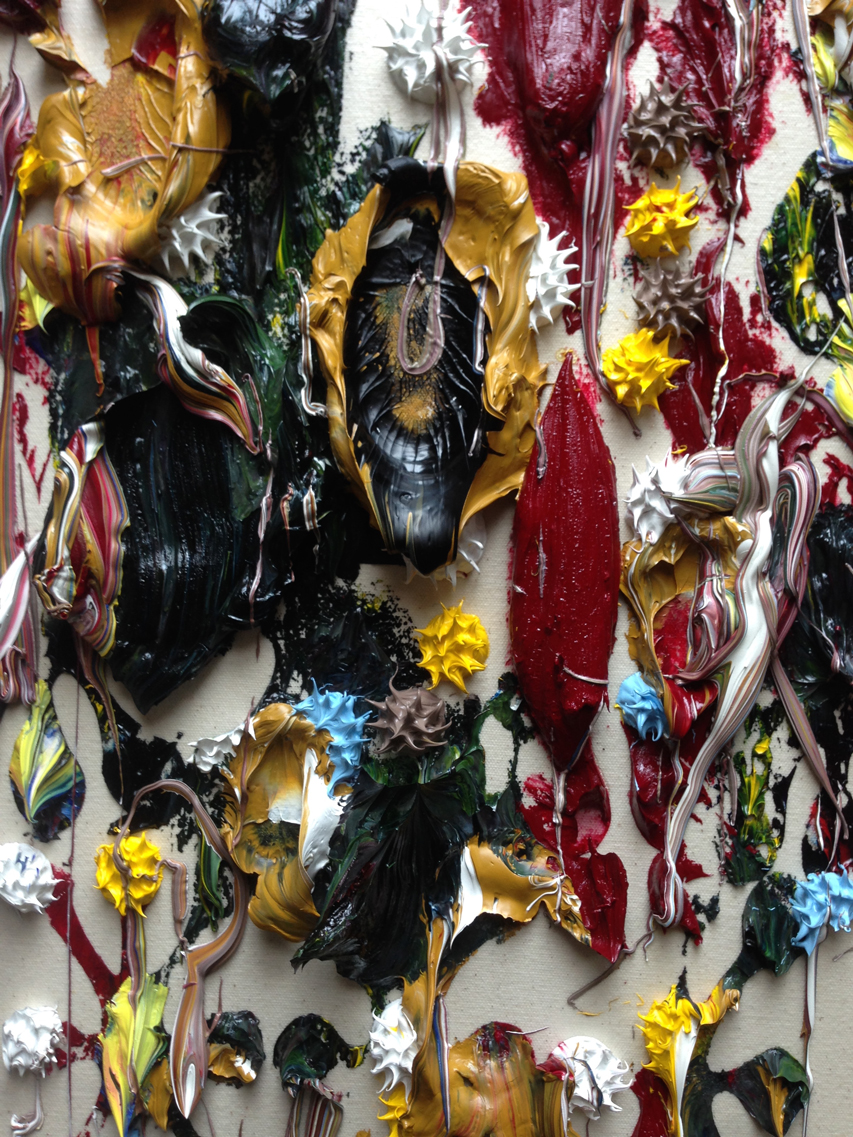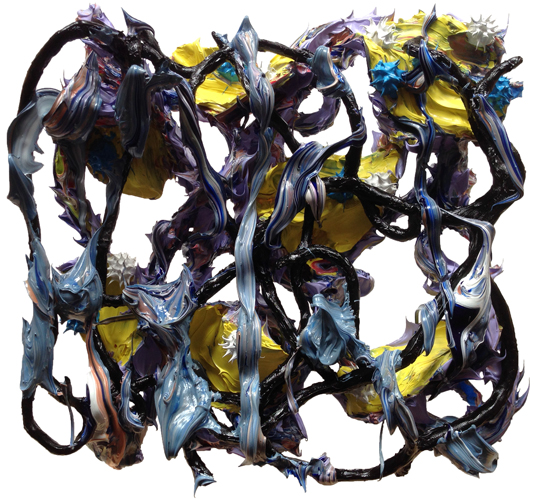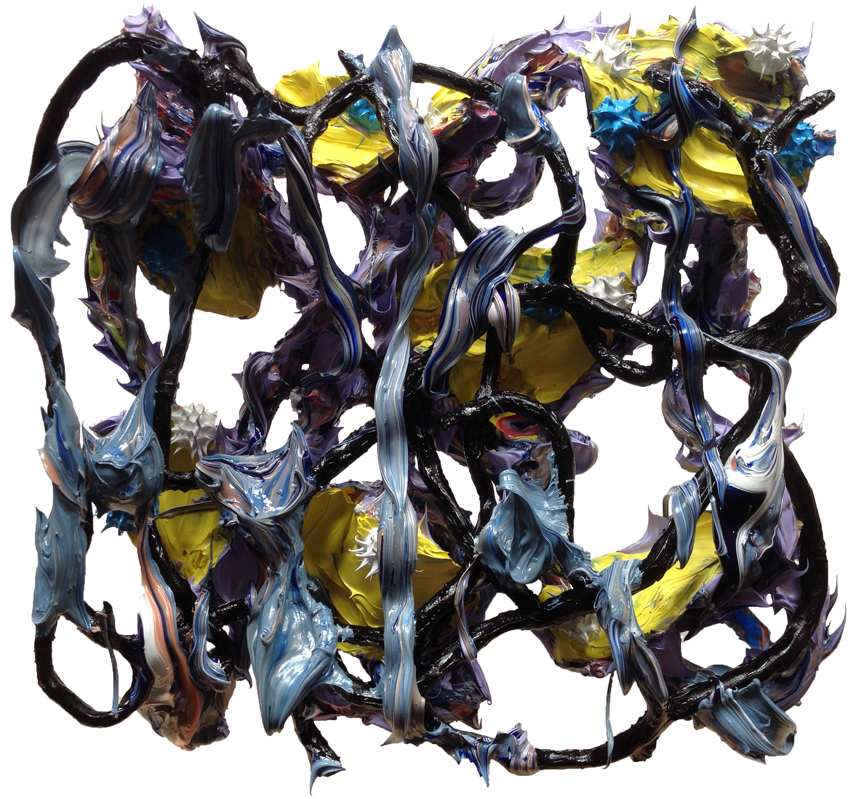March 31, 2015
Minerva's Serpents
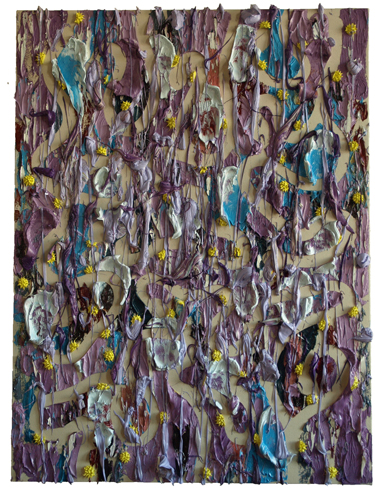
Minerva's Serpents
2015
#483
48"x36"
Oil on Canvas
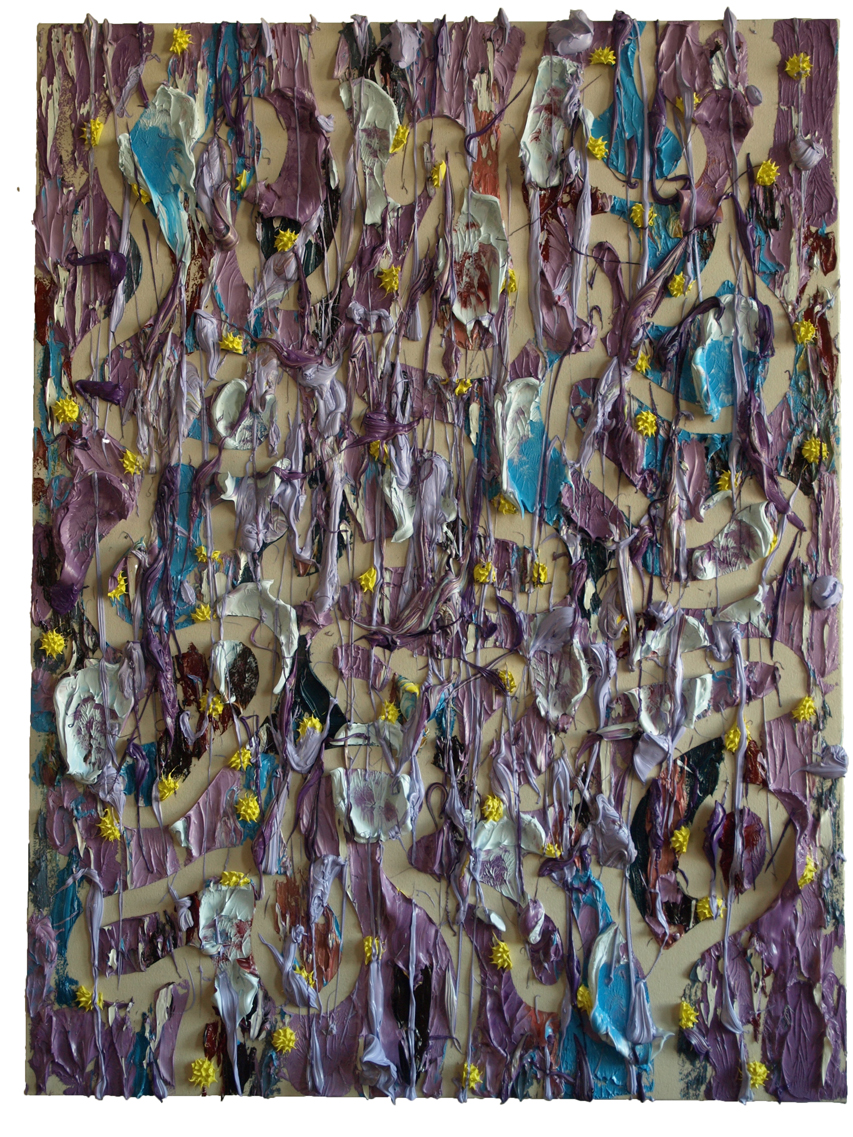
the only gesture left
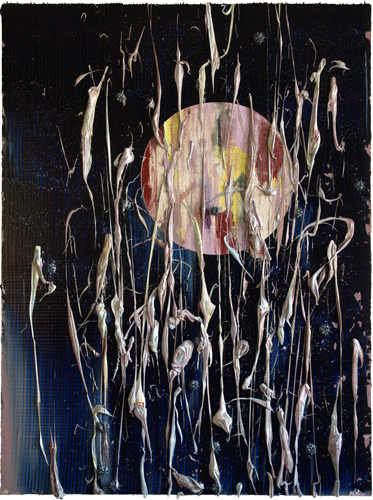
the only gesture left
2014
#482
48"x36"
Oil on Canvas
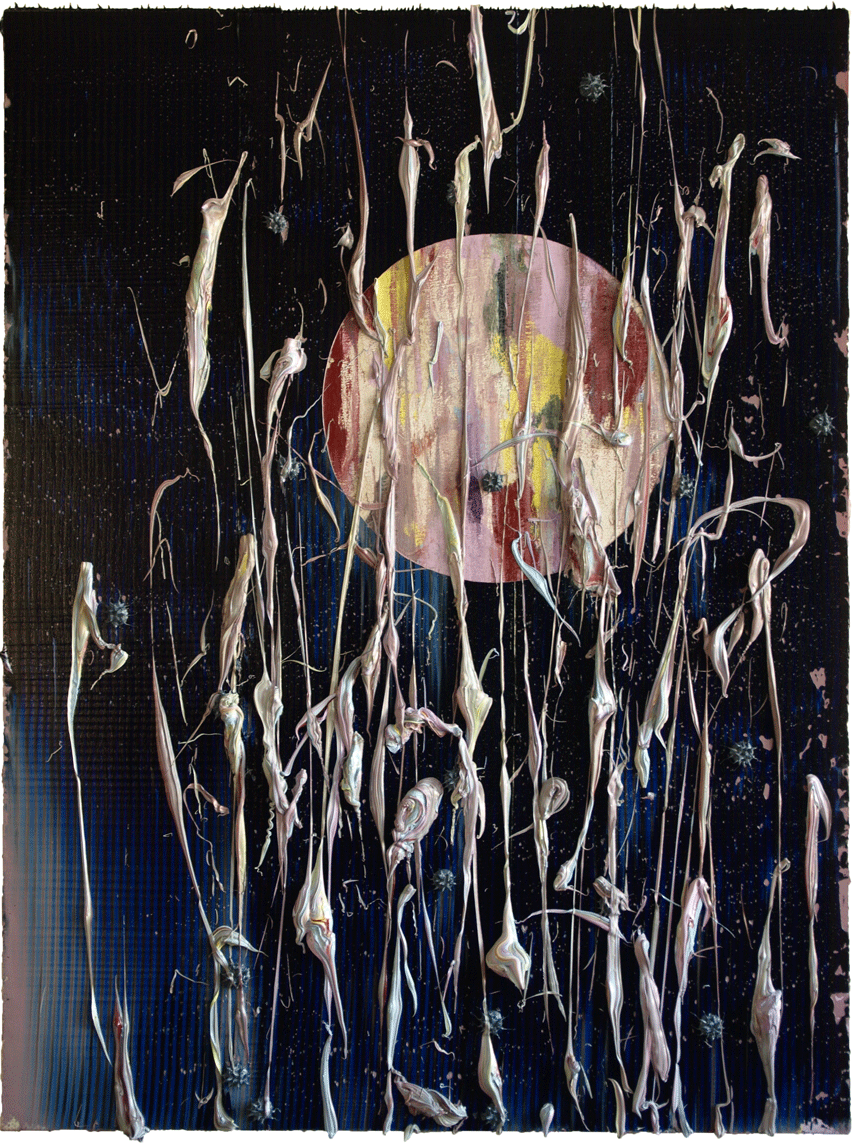
March 26, 2015
Some Thoughts on Painting
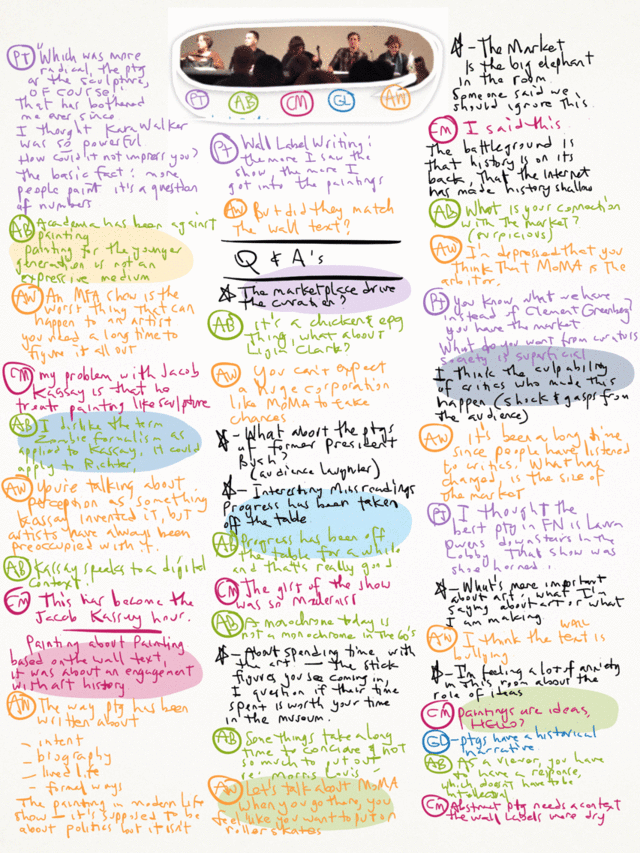
Some Thoughts on Painting
Presented by The Brooklyn Rail and Hunter College
Here are some thoughts I have about the panel discussion:
The conversation generally centered on three topics: the status of painting (whether or not it is neglected), MoMA's capacity to tell the story of art (heavy handed wall texts for example), and the influence of the internet.
Two issues were conspicuously avoided: the conceptual basis of Forever Now, "Atemporality" (Carrie Moyer introduced this topic but no one else picked up the ball and ran with it), and the influence of the marketplace. Admittedly, both issues are extremely difficult. Discussing the recent explosion of the market would have drawn the discussion far away from the exhibition, this is true. But it remains that everyone in our art world noted immediately that the line up for the show seemed to have been drawn from the art fairs and the five and six figure gallery superstars of our time. This is a problem because of the obvious reinforcement of the current power status quo and the not-so-obvious abandonment of the museum's power to reset the table of art history.
Both the curatorial theme of atemporality and the marketplace are interrelated. An atemporal world disengages history, and in such a world the needle spins as in a dysfunctional compass. As long as we accept this premise, the history of art is written, it's past tense. There are no new chapters possible. All that is permitted to the members of our art world is to contribute endnotes and bibliography. In such a world, there's no real need for artists and any art made is a triviality. Criticism is disabled, defanged and the power of defining what art to pay attention to is up for grabs, something that comes natural to the marketplace. And right now, the marketplace wants handsome objects of a certain scale and deportment to hang on the walls of multi million dollar apartments in the needle skyscrapers of our major cities.
Pushing back on an atemporal world requires a critique of the entire postmodern epoch, which is of a piece (*1) since it's birth with Pop Art in the 60's, through it's maturity with Conceptual Art of the 70's through to Critical Theory of the 80's and now into a long spreading and spent river delta of the 90's and aughts. So far, such a pushback has been unthinkable for our art world. This is hard work, dangerous since it will rock the boat, it will challenge our most cherished notions. As long as this is the case, the market will have its way with us (*2).
*1 I think that atemporality is a functional name for a late stage postmodernism. Modernity encapsulates both modernism and postmodernism, and few can disagree that most everyone disagrees about the definitions of these two movements. Here are my working definitions: to be modern is to reconcile the things you making with the life one is living. Modernism tried to touch G-d via material means. Postmodernism pointed to everyday life via conceptual means. Materiality was dialed down from Pop through minimalism to conceptualism and after that, spent itself in an assortment of diminishing categories thereafter.
*2 For shits and giggles, I'd like to truck out a theory of value of art in the marketplace. It's about intrinsic and extrinsic value. Products outside of the art world, consumer products, start off with extrinsic value and with success over time, achieve an intrinsic value. For example, take Coco Cola. At first, it was one of many competing refreshing beverages and finally, its brand grew into a cultural symbol whose value exceeded the contents of the bottle. All offerings in the marketplace begin with a mission to fulfill extrinsic value, the needs of the consumer. Art, on the other hand begins it's life in the market with an intrinsic value invested by the artist, a kind of singularity. Rings of invested intrinsic value grow in concentric communities around the artist and eventually extrinsic value is triggered in the marketplace at large. Cultural objects and consumer objects, are diametrically opposed but complimentary in value.
March 20, 2015
Torpor




Here is a collection of links all hovering worriedly over a stubborn condition of torpor in arts and culture in our time. I note that Howard Hurst's December 2014 Hyperallergic article is still being passed along in Facebook and drilling into the comments, I was pleased to discover Martin Mugar's two links and from them, the Terrence Hannum link. I read and reread them, glad and hopeful that others have finally seen a problem that I had seen the outlines of when I was leaving grad school in the beginning of the 90's. In my statement for my last show at Miguel Marcos Gallery in Spain last January, I glossed my position in a couple of sentences:
I had emerged from art school in revolt against a disbelief in painting bestowed by the previous generation, a disbelief that had manifested itself in relentless negation, an aporia induced by a romantic fascination with limitlessness and a strange desire to dematerialize painting into "pure visuality". Instead and against this, I reveled in an entanglement of the physical body of paint, and sought to realize the paradox that a window to the infinite could be engineered by an interrelation of limits.At that time, the beginning of the 90's, the world historical order had profoundly changed with the collapse of the Soviet Union and the emergence of China into the world's marketplace, the gas had run out of the reigning art world dogma of critical theory and I had presumed with it, the architecture of post modernism from the 60's forward. With every month after the fall of the Berlin Wall, I had expected to find articles in the art press reexamining the long toothed post modern epoch... but month after month, year after year, the critical auto-shakedown never occurred. So we whistled into the dawn of the 21st century without asking what baggage that we had to leave behind in the 20th century and what we had to pack for our entry into the next.
With the ghost of the proscription against painting yet still floating in the air, a multitude of artists turned to painting in and after the grad schools of the 90's and aughts but none (I would like to write "few", but there are none that I can recall who have made a significant impact), none had seriously questioned or looked critically into the ideological infrastructure that supported the prohibition. Painting proceeded en passant, bypassing and even slyly kowtowing to fundamental questions as to its legitimacy. So now we have an anchored meme about Zombies and art today is defined as the walking dead. The stock market crashed and money fled to real estate. The real estate market crashed and money fled to art. Market manipulators have had a free hand in defining quality because of this critical and intellectual torpor. Should we be surprised? Can we yet afford to be complaisant?
Now we are approaching 25 years of avoiding what should have been obvious, not only that painting can never die, that such a construct as the "death of painting" can only function provisionally as an artifice of argumentation but more importantly that we must cast a critical eye on the entirety of the post modern era from the 60's onward. This is why I am so gratified by this hourlong interview with Camille Paglia. This is why I have bundled it with the links above in this blogpost. We need an auto-critique. It is high time for the "physician to heal thyself". It is incumbent on us in the art world to take the vast arsenal of critical tools that we have amassed over the decades and use them on ourselves.
*
*
*
Note: Painting is the Sun.

